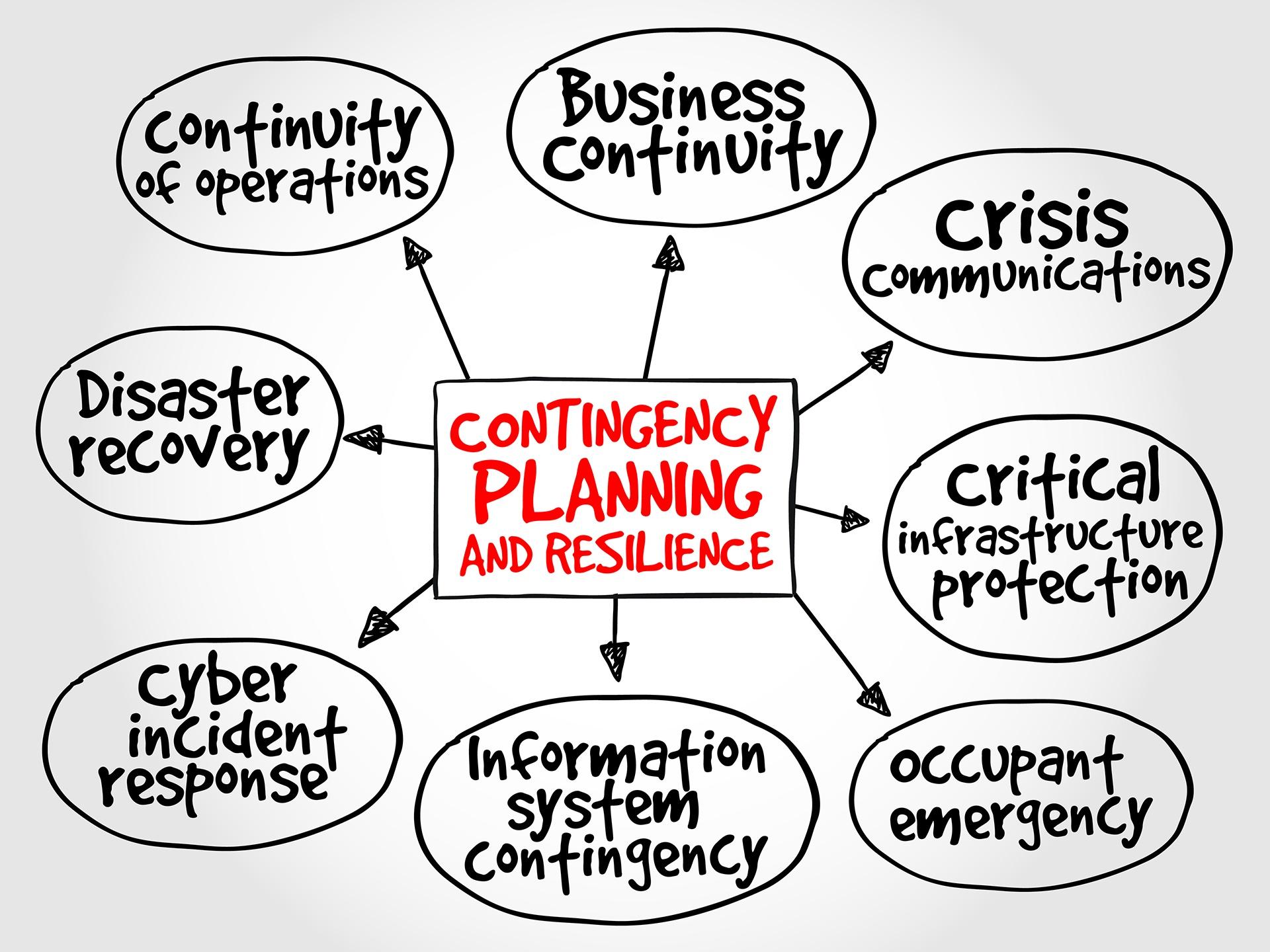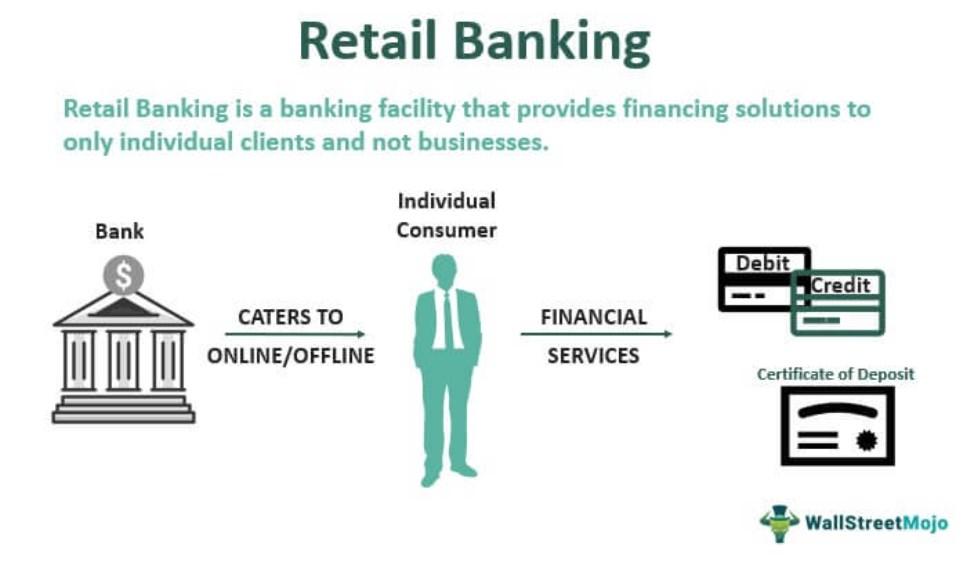In an era where change is the only constant, retail banks find themselves at a crossroads, navigating a landscape marked by rapid technological advancements, shifting consumer behaviors, and unforeseen economic fluctuations. As they strive to maintain relevance and respond to the ever-evolving demands of their clientele, uncertainty has become a defining characteristic of the banking sector. In this complex environment, understanding how to maneuver through unpredictability is not just advantageous but essential. This article delves into the core strategies that empower retail banks to thrive amidst uncertainty, offering insights and practical approaches to fortify their foundations while embracing the future of finance. Join us as we explore the essential pillars of resilience, adaptability, and innovation that can guide these institutions through turbulent waters and towards renewed growth.
Embracing Agility: Adapting to Rapid Market Changes
The fast-paced nature of today’s market demands that retail banks become more nimble and responsive to changes. Agility is no longer just a buzzword; it’s a necessary attribute for survival and growth. To embrace agility, banks should focus on cultivating a culture that promotes innovation and open communication. This can be achieved through:
- Cross-functional teams: Encourage collaboration among various departments to foster creativity and agility.
- Rapid prototyping: Develop and test new services quickly to meet customer expectations.
- Continuous feedback loops: Implement mechanisms for gathering customer feedback to inform quick decision-making.
Another vital aspect of adapting to market changes is leveraging technology to aid in agility. Retail banks can utilize data analytics and AI to understand customer behavior and predict trends effectively. Investing in the right tools empowers banks to remain competitive and aligned with customer needs. Consider the following strategies:
| Technology Tool | Impact on Agility |
|---|---|
| Data Analytics | Enables informed decision-making based on real-time insights. |
| AI Chatbots | Enhances customer service efficiency and availability. |
| Cloud Solutions | Facilitates scalability and flexibility for banking operations. |

Harnessing Technology: Leveraging Data Analytics for Informed Decision Making
In today’s dynamic landscape, retail banks must enhance their decision-making processes by adopting cutting-edge technologies and harnessing the power of data analytics. By analyzing vast amounts of customer data, banks can gain insights into trends, preferences, and behaviors that inform strategic decisions. This approach allows institutions to not only anticipate customer needs but also to deliver tailored products and services that improve customer satisfaction and loyalty. Key analytical tools can include:
- Predictive Analytics: Anticipating future trends based on historical data.
- Customer Segmentation: Identifying distinct customer groups for targeted marketing.
- Risk Management Tools: Evaluating potential risks associated with lending and investments.
Moreover, integrating data analytics into operational functions can streamline processes and enhance efficiency. Retail banks can optimize their resources by employing real-time data visualization tools, allowing management teams to monitor performance and make informed adjustments swiftly. A structured data governance framework is essential, ensuring that data integrity and security are prioritized, enabling banks to maintain trust with their customers. The table below illustrates key benefits of leveraging data analytics:
| Benefit | Description |
|---|---|
| Enhanced Customer Insights | Improved understanding of customer needs and preferences. |
| Operational Efficiency | Streamlined processes and optimal resource allocation. |
| Risk Reduction | Identifying risks and implementing proactive measures. |

Enhancing Customer Trust: Building Strong Relationships Amidst Fluctuations
In an era where economic fluctuations can disrupt consumer confidence, retail banks must prioritize transparency and communication to foster enduring relationships with their clients. Establishing a culture of openness not only reassures customers during uncertain times but also demonstrates a bank’s commitment to their financial well-being. Key strategies include offering clear insights into banking products, regular updates regarding market conditions, and creating accessible channels for customer inquiries. By facilitating an environment where clients feel informed and valued, banks can bridge the gap created by unpredictability.
Furthermore, personalizing customer interactions can significantly enhance trust. Retail banks can leverage customer data to tailor services that meet individual needs and preferences. Incorporating features such as financial literacy programs, personalized advice, and customized product offerings ensure that clients feel supported and understood. Consider implementing the following practices:
- Conduct regular feedback surveys to gauge customer sentiment.
- Create community engagement initiatives that allow customers to share their experiences.
- Utilize technology to provide personalized financial insights and recommendations.
| Strategy | Benefit |
|---|---|
| Transparent Communication | Builds Confidence |
| Personalized Services | Increases Engagement |
| Customer Feedback | Drives Improvement |

Mitigating Risks: Developing Robust Contingency Plans for Future Challenges
In an ever-evolving financial landscape, anticipating potential disruptions is critical for retail banks. A well-structured contingency plan should focus on a variety of areas to ensure a resilient response to unexpected challenges. Key components include:
- Risk Assessment: Regularly evaluate emerging threats, such as regulatory changes, cybersecurity risks, and economic volatility.
- Response Framework: Develop a clear protocol outlining roles and responsibilities during a crisis to ensure swift action.
- Resource Allocation: Identify essential resources and allocate them strategically to uphold operations during turbulent times.
Furthermore, engaging in continuous communication and training can enhance staff preparedness and foster a culture of resilience. Regular drills simulating various crisis scenarios can empower teams to think critically and respond effectively. A suggested framework to monitor effectiveness includes:
| Metric | Frequency of Review | Stakeholder Involved |
|---|---|---|
| Risk Exposure Level | Quarterly | Compliance Team |
| Crisis Response Efficiency | Biannual | Operations Manager |
| Staff Training Completion | Monthly | HR Department |
Insights and Conclusions
In an ever-evolving financial landscape, retail banks find themselves at a crossroads, where uncertainty is both a challenge and an opportunity. As we’ve explored throughout this article, embracing adaptive strategies, leveraging technology, and prioritizing customer engagement are pivotal steps in navigating the complexities of today’s market.
Ultimately, the ability of retail banks to thrive lies in their preparedness to turn unpredictability into innovation. By fostering a culture that values agility and foresight, these institutions can not only weather the storms of change but also emerge stronger, more resilient, and better equipped to serve their customers. In this journey towards stability in volatility, the future belongs to those who choose to act decisively and thoughtfully.
As we close this discussion, let us remember that while uncertainty may remain a constant companion in the realm of finance, it also paves the way for creativity, growth, and renewed customer trust. The path ahead may be uncertain, but with the right strategies in place, retail banks can illuminate the way forward.
